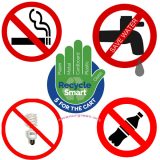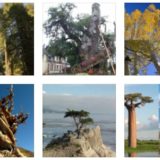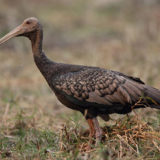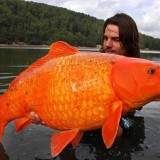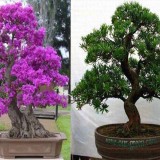The Yellowstone National Park
The Yellowstone National Park
Location: United States of America
Description:
The Yellowstone National Park is the first national park of USA. It was established by President Ulysses S Grant on 1st march 1872. At the first it was within the state of Wyoming, and next it was extended to other states Montana and Idaho. In which about 96% of this park area is located within Wyoming state,3% area located in Montana and the rest of the part is within Idaho. This is a mountain wild land & vast natural forest covers with 9000 square km. The Yellowstone National park contain with world largest geothermal features, more than 300 geysers are found here. It is the world`s largest concentration geysers & these are the main reason for park establishment. The park is also known for its natural beauty & wildlife. The park allows its inhabitant animals to run without any hindrance. So many animals & plants are seen here. The park also allows the travellers to drive the car & walking through the park at their own will.
Climate:
The climate of this national park is fully affected by its altitude. During summer the temperatures are noted around 25 degree C but occasionally it reaches 30 degree C in the lower elevation. In the upper elevation the temperatures are fallen down below 0 degree C and thunderstorm is common in afternoon. In the winter, temperature ranges below 0◦C to -20◦C. The snowfall is highly variable in the lower part snowfall noted 150 inches, but on the upper part gets twice amount of snowfall.
Flora and Fauna:
Yellowstone National park is full of wilderness, it is the home of so many mammals, birds, fishes, reptiles, amphibian. Almost 60 types of mammals can be found here. Mammals are like Grizzly bear, Bison, Bighorn sheep, Lynx, Elk, Bobcats, Moose, Mountain lion, wolf, Mull Deer, Brown bat, Squirrel, Rabbit, Least Chipmunk are found here. More than 320 spices of birds have been recorded here. Birds like Bald Eagle, Trumpeter Swan, Common Loons, Ospreys , American white Pelicans are seen here. Reptiles & amphibians like, Rattle snake, Bull snake, Garter snake, different types of Boas, Boreal Toad, Spotted frog are also be found here. When it comes to the plants & trees in the park only the high altitude is only deterrence for growing the plants and trees. But the soil & weather & wide terrain is conducive for vast quantity of vegetation. There are more than 1500 different types native plant are seen here. Trees are like Coniferous Tree, Lodgepole Pine, Douglas Fir, Subalpine Fir, Engelmann Spruce, Blue Spruce are seen here. Plants like Glacier Lily, Indian Paintbrush, Plain Prickly Pear, Fringed Gentian, Silky Phacelia, Shooting Star, Yellow Monkey flower, Fairy slipper, Butterroot, Columbia Monkshood can be seen here.
Forest fires and volcanic zone:
But there is a concern in this park it is about the forest fire. Forest fire is part of ecosystem. It is happened by the friction of two dry barks that causes large area of the forest area is fully burned. More than 300 cases of forest fire are recorded every year.The Yellowstone national park is named the super volcanic zone and it is the largest volcanic area in North America because the volcanic caldera is located in this park. As the national park location is on the super volcanic zone it experience over 1000 earthquakes every year, but most are relatively minor.
Other tourist attractions:
Despite all of that the Yellowstone national park has an attraction for its goers. The natural beauty of the park attracts many tourists. The park area provides Yellowstone lodge or Cody hotels, it has an area for picnicking and hobnobbing. It also provides fishing holes, campground. Not only that the national park is vital for its education for ecosystem, wildlife, history. The Heritage and research centre is located near the entrance of the park in Montana. This center is known for Yellowstone national park`s museum collection and archives.


